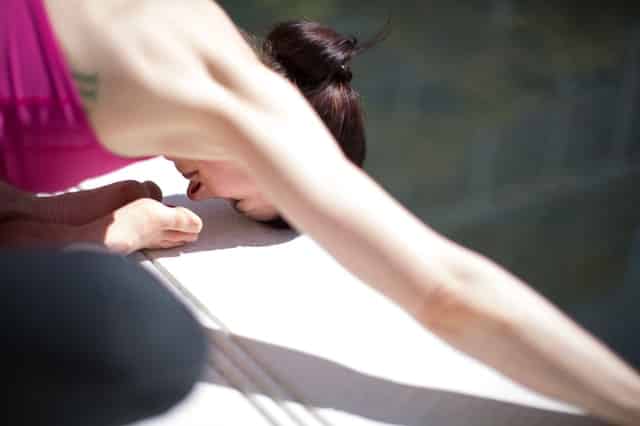
Rehabilitation programs restore the proper functioning of injured body organs. Most programs rehabilitate your cognitive or physical strength and balance. Your physiotherapist or psychologist may recommend low-impact workouts to enable you to improve your overall flexibility, rebuild strength, and increase motion. Training with low-impact exercises enhances healing and accelerates your rehabilitation in unique ways. Here are ten hard-hitting exercises to consider when on a rehabilitation program.
1. Yoga
Yoga lets you stretch while predisposed to a particular pose and doing specific breathing exercises. The aim is to limit joint stress, increase your motion, and restore proper blood flow. Similarly, yoga workouts enhance circulation while nourishing your damaged tissues to aid the healing process and enable your body to regain its revamped strength. Yoga exercises can be comfortably performed at home, at your own pace.

2. Pilates Hip Bridge
Pilate’s hip bridge exercises are recommended for people with knee problems to restore their motion. The hip bridge is one of the most effective low-impact workouts, perfect for stabilizing the lumbar pelvic, preventing low back injury, and strengthening glutes and hamstrings. You can do hip bridge exercises in the comfort of your home; all you need is a mat and enough space.

3. Mini Squats
Mini squats are highly potent and are less muscle-demanding exercises. If you’re undergoing rehabilitation, your physiotherapist will ask you to do mini squats, where your knee flexion goes to 45 degrees instead of 90 degrees. These low-impact exercises are recommended for people with knee discomfort. They help strengthen your quadriceps, glutes, and hip flexors muscles while protecting your knee joints.

4. Tai Chi
Tai Chi originated in China, is a mind-body technique in which you perform slow well-coordinated movements while monitoring your breathing rhythm. It’s a mind-boggling exercise that has minimal impact on your calorie burn. However, it does come with many therapeutic benefits, including better body balance and better muscle tone, which could benefit people with limited motion.

5. Bird Dog
Bird dog exercises reinforce your hip and core muscles. This low-impact workout restores body balance and increases your body’s stability, so if you’re having trouble walking long distances, these are great additions to your workout routine. They are fun and simple as bird-dog could be performed at home without needing a complex support system.

6. Gait Training Exercises
Gait training exercises are physiotherapist-controlled physical therapies designed to enable people with issues standing and walking to regain their motion and strength. A physical therapist would recommend these exercises if you had injuries or illnesses that affected your walking ability. The biggest beneficiaries of gait training exercises are stroke patients. That’s because the exercises boost their lower extremity joint motion while improving their strength and balance.

7. Calf Raise Exercises
Calf raises are another great go-to low-impact exercise if you’re under rehabilitation. These exercises help restore balance and stabilize your ankle and feet, enhancing motion ability. The exercises reinforce your calf muscles, which ultimately improve your lower body performance and reinforce ankle joints.

8. Arm Circles
Arm circle exercises are highly recommended for anyone having problems walking comfortably for long distances. They are practical exercises known to tone your arm and shoulder muscles while boosting your overall balance and stability. Arm circle exercises are easy to perform at home, and you don’t necessarily need the support of a gym specialist.

9. Swimming
If you fancy swimming, going out on swimming sessions is another highly recommended way to increase your stability and muscle strength. Swimming does exercise your cardiovascular system and virtually every other body muscle. Swimming does train your muscles, boosting their strength and flexibility while ultimately increasing your motion range.

10. Walking
Walking a few minutes a day will see your cardiovascular fitness improve and your bones get stronger. Likewise, your muscle power and overall body endurance will increase. This means that if you can’t walk comfortably for long, spending a few minutes a day walking short distances can increase your motion range in no time.

Conclusion
If you’re under a rehabilitation program, these are the best low-impact activities you can use to restore your body stability, endurance, and muscle strength. Most of these are beginner-friendly workout activities, meaning you can perform them in the comfort of your home without needing the support of a gym instructor.



